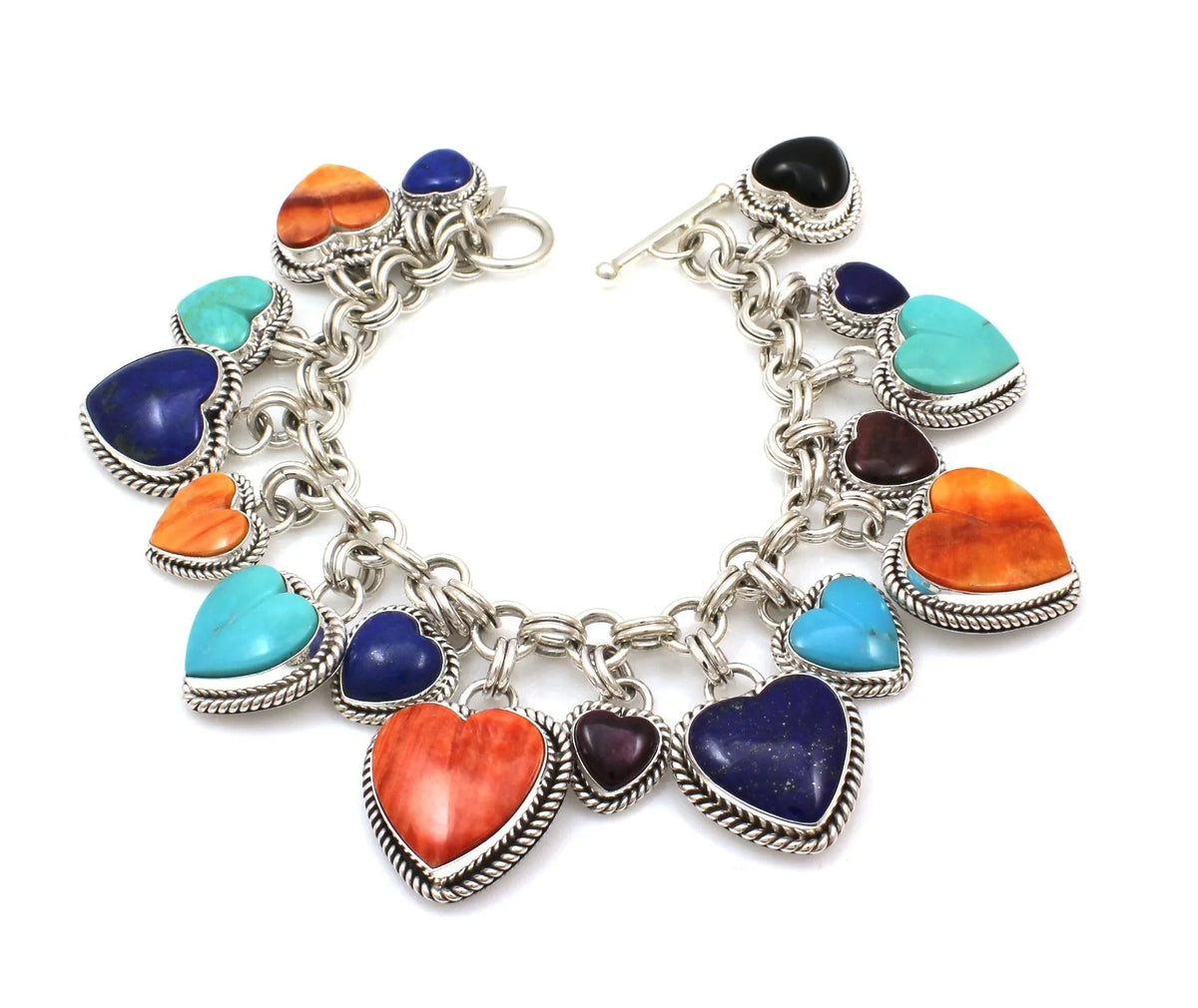
The Art of the Heart
|
Time to read 4 min
|
Time to read 4 min
One of the most universally recognized symbols around the world is the heart. The symbolism of this famous icon is deeply rooted in what our human heart represents. Since the time of the early Greeks, and possibly even earlier, this shape has been a sign of togetherness, love, and affection. It is a common denominator that transcends language, culture, and status, making it a truly universal emblem.
But how did we arrive at the shape we know today? The evolution of the heart symbol is a fascinating journey that weaves through art, science, and cultural traditions. Ancient Greek philosophers, including Aristotle, described the heart as the seat of intelligence and emotion. Some of the earliest representations of a heart-like shape can be found on Greek coins, often linked to the now-extinct silphium plant, which bore seeds resembling the modern heart shape.
As early scientific writings emerged in the Middle Ages, scholars attempted to depict the human heart with varying degrees of anatomical accuracy. However, artistic interpretations gradually moved away from realism and embraced a more stylized form. The familiar symmetrical shape with two rounded lobes and a pointed base began appearing in medieval manuscripts and religious iconography, often symbolizing divine love or spiritual devotion.
During the Renaissance, the motif flourished in both sacred and secular contexts. Artists and craftsmen incorporated it into paintings, stained glass, and illuminated texts, reinforcing its association with love, faith, and human emotion. The symbol also appeared in heraldry, where it was sometimes depicted as a flaming heart, representing passion and devotion.
By the time of the Victorian era, the heart had become a central theme in romantic expression. Heart-shaped lockets, jewelry, and love letters conveyed deep emotions, solidifying the connection between the symbol and personal affection. The use of the stylized shape in playing cards also has a long history. Dating back to the 15th century, the suit of hearts in card decks has been linked to the clergy, emotions, and romantic themes.
Over time, the heart continued to gain prominence as a representation of love and sentimentality, appearing in advertising, branding, and popular culture. In the 19th and early 20th centuries, greeting card companies began designing and producing Valentine's Day cards, often adorned with elaborate motifs, lace, and floral embellishments. This further cemented the heart’s association with romantic love.
In contemporary times, the heart remains a powerful and versatile symbol. It is used in emojis, digital expressions of love, charity logos, and artistic works. Many modern artists continue to embrace the heart shape, infusing their own creativity into this timeless motif. From street art to high fashion, this graphic endures as a meaningful and instantly recognizable image. The proliferation of social media has also led to an increased usage of heart emojis and reactions, allowing people to express love and appreciation in a digital space.
Additionally, the heart has taken on various symbolic meanings beyond romance. The red heart typically conveys love and passion, while different colors add layers of significance. A blue heart may symbolize trust and loyalty, a yellow heart can represent friendship and happiness, and a black heart often connotes deep emotional experiences. These variations allow for a more nuanced expression of feelings in modern communication.
The heart is also a prevalent symbol in medicine and health awareness. The American Heart Association and other organizations use it to promote cardiovascular health and heart disease awareness. The "broken heart" symbol, often depicted as a heart split in two, represents emotional pain, grief, or lost love, demonstrating how the shape conveys a wide spectrum of human emotions.
Though its design has evolved, the essence of the heart symbol has remained remarkably consistent. It is a testament to the enduring power of love, connection, and human emotion. Whether expressed through art, jewelry, or simple gestures, it speaks clearly and universally, reminding us of the value of love in all its forms. The heart’s enduring presence in our lives, from ancient civilizations to the digital age, underscores its timeless significance. As long as love, affection, and connection remain integral to human existence, the heart will continue to be an iconic and cherished emblem.
"The Falklands are windy most of the time - it is the islands’ most marked characteristic. There is a beach about a 3-hour drive from Stanley that offers photographers every chance to play with the wind and use it to their advantage. The only problem, however, is that sand gets everywhere, including inside the camera. Lying on the ground in the face of the sand storm is not the most comfortable of experiences - but it was necessary for the perspective.
The evening that I took this image the light was full and this allowed me to get more textural detail than I ever have in a penguin image. Cameras and lenses also continue to improve and this is evident in this simple image. King Penguins have both beauty and stature and my intent was to capture just that." — David Yarrow - The Falklands, 2018
"This is a shot of 2 young “Merens” horses, about 2 years old, who we had been photographing running through the forest. In the middle of a clearing, they decided to take a break, and just naturally came together, head to head, and very close together. The dark canopy of leaves in the background caused the background to go almost completely black. This was a very intimate moment and has become one of my favorite images. The Merens horses are Indigenous to the Pyrenees region of southern France." — Tony Stromberg